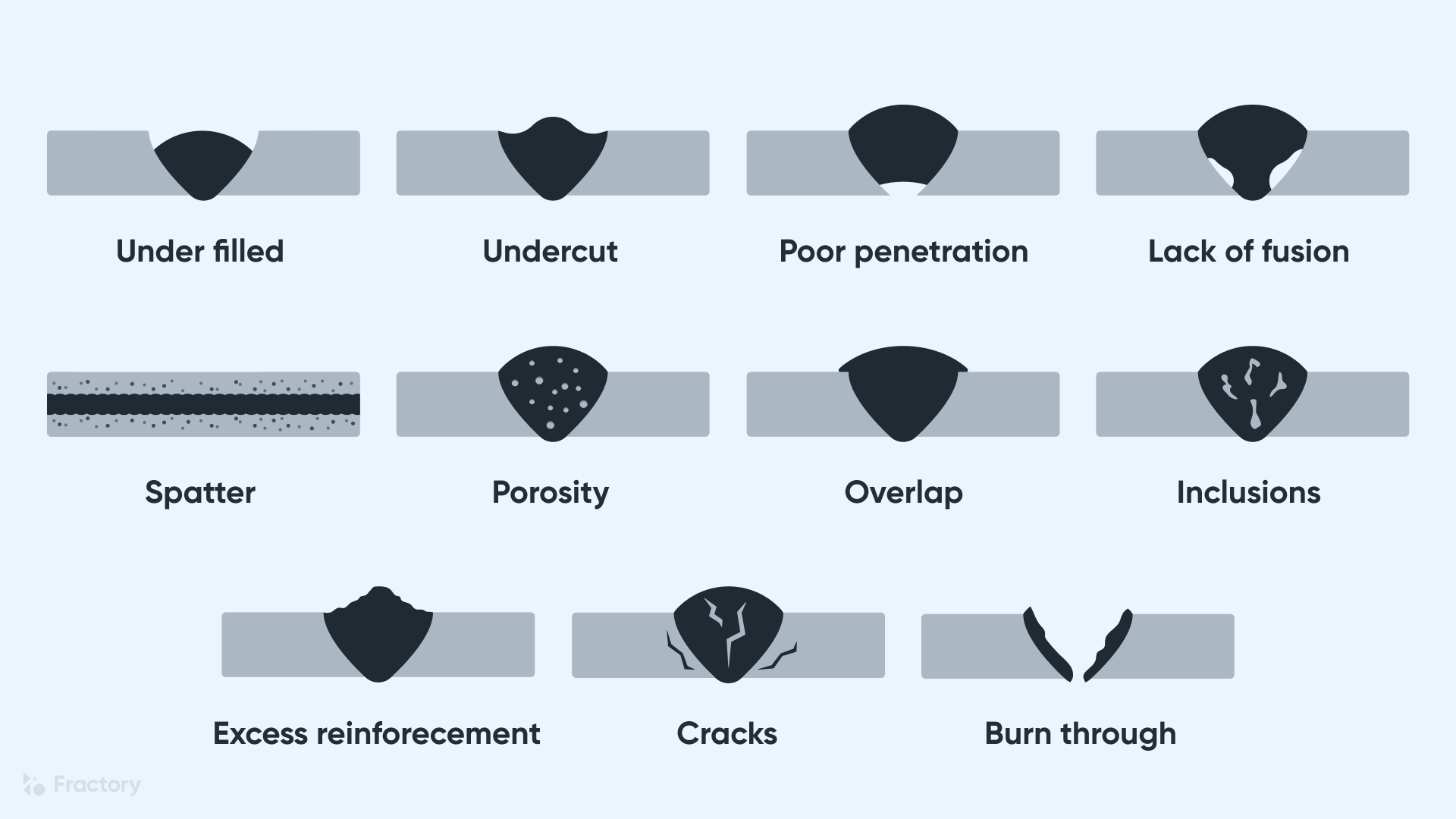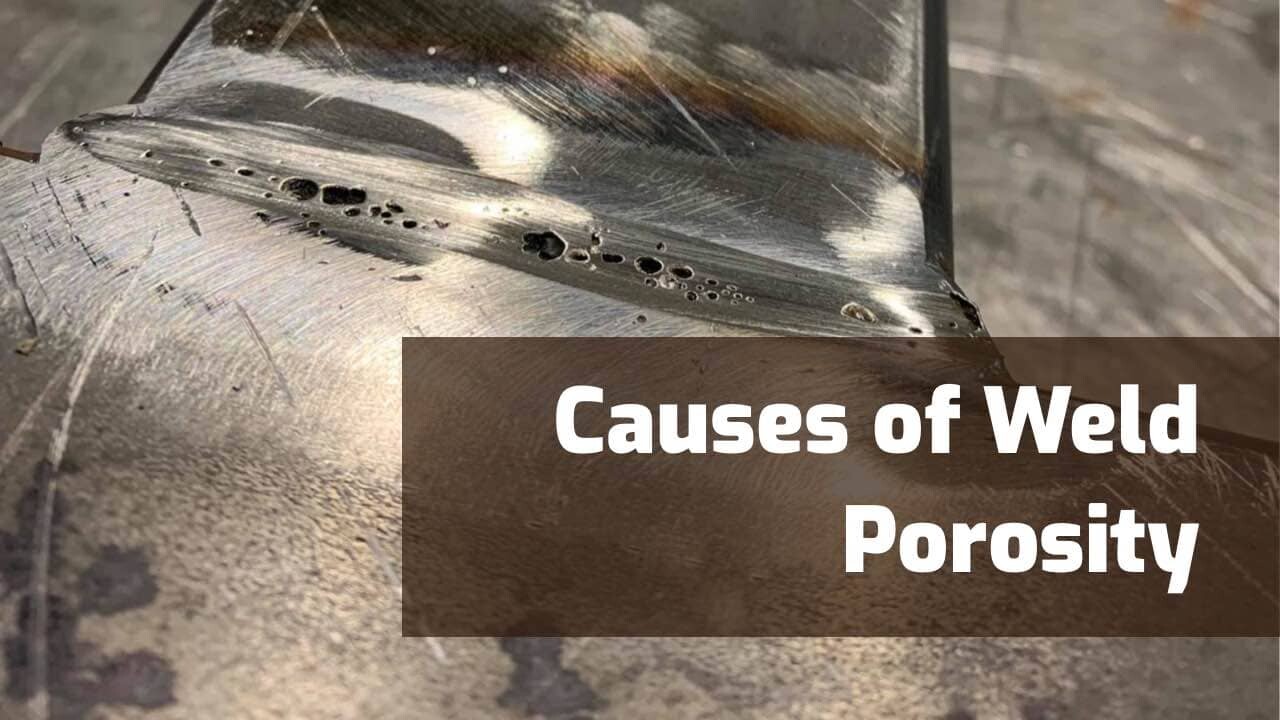Unwinding the Enigma of Porosity in Welding: Tips for Reducing Problems and Maximizing Quality
In the intricate globe of welding, porosity continues to be a consistent difficulty that can dramatically influence the high quality and integrity of bonded joints. Comprehending the variables that add to porosity formation is vital in the pursuit of flawless welds. By untangling the mystery of porosity and applying reliable techniques for issue minimization, welders can elevate the standards of their job to achieve exceptional quality outcomes. As we dig right into the midsts of porosity in welding, discovering the keys to its avoidance and control will be paramount for experts seeking to grasp the art of top quality weldments.
Comprehending Porosity in Welding
Porosity in welding, an usual problem experienced by welders, describes the presence of gas pockets or voids in the welded material, which can endanger the integrity and high quality of the weld. These gas pockets are generally entraped throughout the welding process due to numerous variables such as inappropriate shielding gas, infected base materials, or incorrect welding specifications. The formation of porosity can weaken the weld, making it susceptible to fracturing and deterioration, inevitably leading to structural failures.
By identifying the significance of maintaining correct gas protecting, making certain the sanitation of base products, and optimizing welding setups, welders can considerably minimize the likelihood of porosity development. In general, a comprehensive understanding of porosity in welding is important for welders to create top notch and durable welds.

Typical Reasons For Porosity
When checking welding procedures for prospective high quality issues, comprehending the usual causes of porosity is important for keeping weld stability and avoiding structural failures. Porosity, identified by the presence of tooth cavities or gaps in the weld metal, can considerably endanger the mechanical homes of a welded joint. One usual source of porosity is improper shielding gas coverage. Poor protecting gas flow rates or incorrect gas mixtures can result in atmospheric contamination, causing porosity development.
Another widespread root cause of porosity is the visibility of moisture and contaminants externally of the base steel or filler material. When welding products are not appropriately cleaned or are revealed to high degrees of humidity, the vaporization of these pollutants throughout welding can create voids within the weld grain. Furthermore, welding at incorrect parameters, such as exceedingly high traveling speeds or currents, can generate too much turbulence in the weld swimming pool, trapping gases and triggering porosity. By dealing with these typical causes with proper gas protecting, product preparation, and adherence to optimum welding criteria, welders can reduce porosity and boost the high quality of their welds.
Methods for Porosity Prevention
Carrying out effective safety nets is vital in minimizing the incident of porosity in welding procedures. One technique for porosity prevention is making sure appropriate cleaning of the base metal before welding. Impurities such as oil, oil, corrosion, and paint visit the website can bring about porosity, so extensive cleaning making use of appropriate solvents or mechanical methods is necessary.

Making use of high-grade filler products and protecting gases that are suitable for the base steel and welding procedure can dramatically reduce the danger of porosity. Additionally, maintaining correct welding criteria, such as voltage, current, take a trip rate, and gas circulation rate, is crucial for porosity avoidance.
Moreover, utilizing correct welding methods, such as preserving a consistent traveling speed, electrode angle, and arc length, can assist stop porosity (What is Porosity). Ample training of welders to guarantee they adhere to finest practices and top quality control treatments is additionally crucial in minimizing porosity defects in welding

Best Practices for Quality Welds
One trick method is maintaining appropriate tidiness in the welding area. Extensively cleaning the workpiece and bordering location prior to welding can my review here help alleviate these concerns.
One more ideal method is to carefully pick the suitable welding parameters for the specific products being signed up with. This consists of establishing the appropriate voltage, present, take a trip speed, and protecting gas flow price. Appropriate parameter choice makes sure ideal weld infiltration, combination, and general quality. Utilizing premium welding consumables, such as electrodes and filler steels, can substantially influence the last weld top quality. Investing in premium consumables can cause stronger, much more long lasting welds with fewer issues. By complying with these ideal techniques, welders can constantly generate premium welds that fulfill sector requirements and exceed consumer expectations.
Importance of Porosity Control
Porosity control plays a crucial role in making sure the stability and high quality of welding joints. Porosity, identified by the presence of dental caries or spaces within the weld metal, can significantly compromise the mechanical residential or commercial properties and structural integrity of the weld. Too much porosity damages the weld, making it more vulnerable to fracturing, corrosion, and total failing under operational tons.
Effective porosity control is look at this site important for preserving the desired mechanical residential or commercial properties, such as stamina, ductility, and toughness, of the bonded joint. What is Porosity. By reducing porosity, welders can boost the general quality and integrity of the weld, ensuring that it satisfies the efficiency requirements of the desired application
Additionally, porosity control is important for achieving the wanted aesthetic look of the weld. Excessive porosity not just deteriorates the weld yet additionally diminishes its aesthetic allure, which can be crucial in industries where aesthetic appeals are very important. Correct porosity control strategies, such as making use of the appropriate securing gas, controlling the welding criteria, and guaranteeing appropriate cleanliness of the base materials, are crucial for creating high-quality welds with marginal defects.

Conclusion
In verdict, porosity in welding is a typical issue that can compromise the top quality of the weld. It is crucial to control porosity in welding to make sure the stability and toughness of the last item.